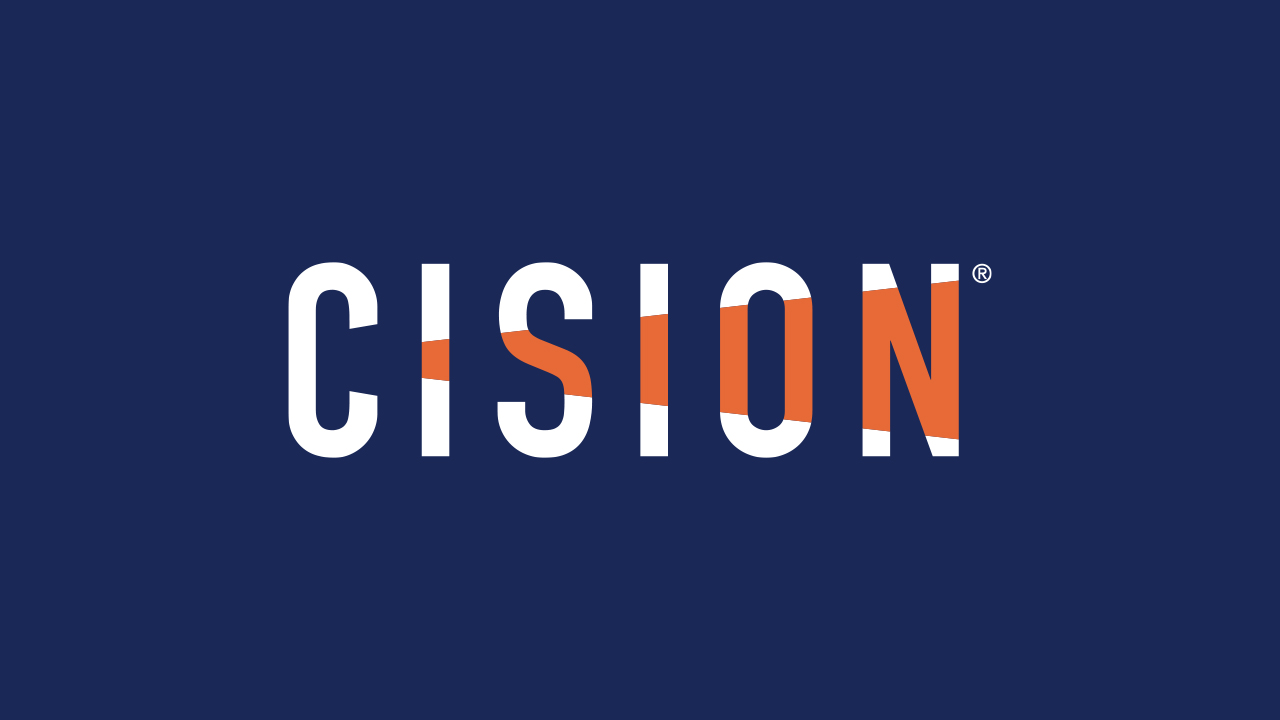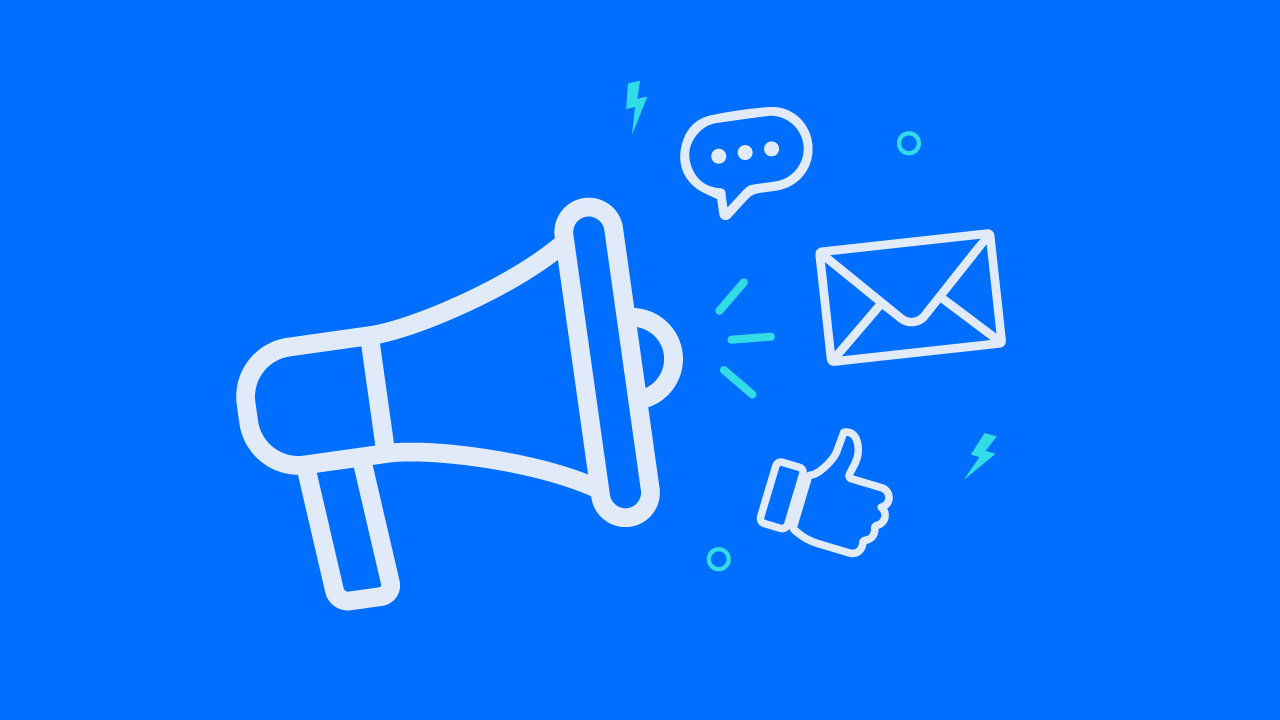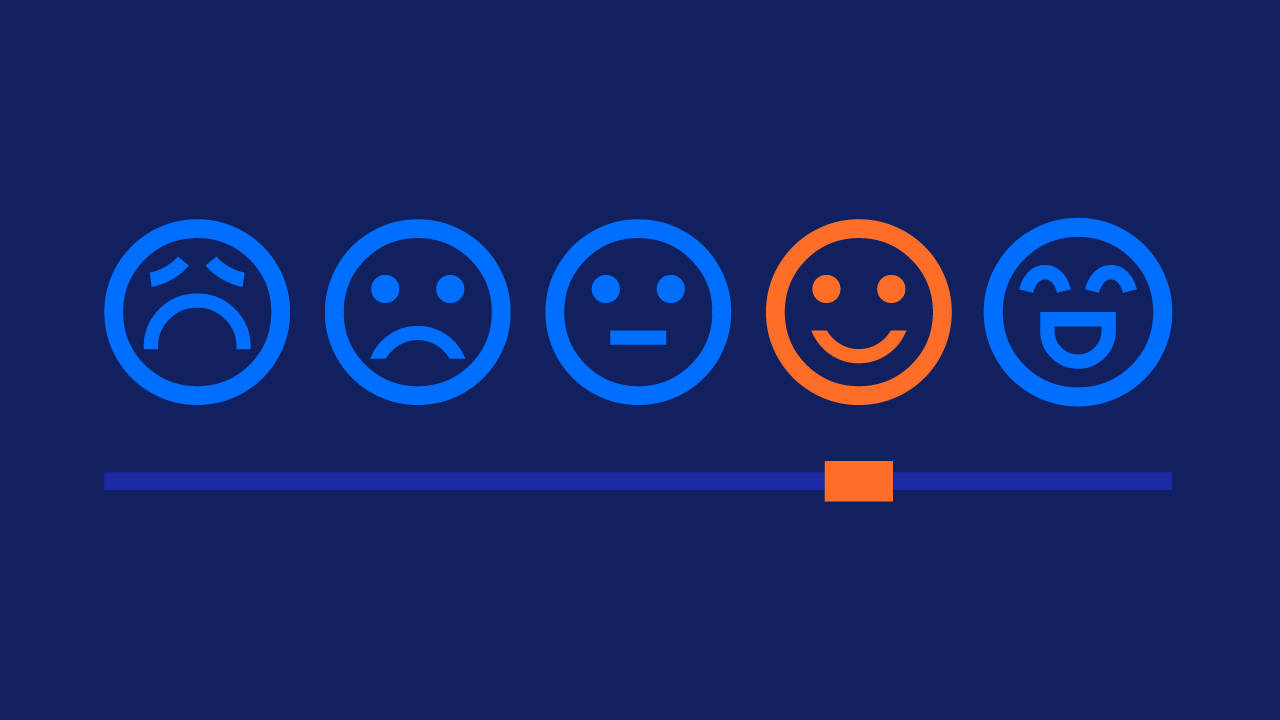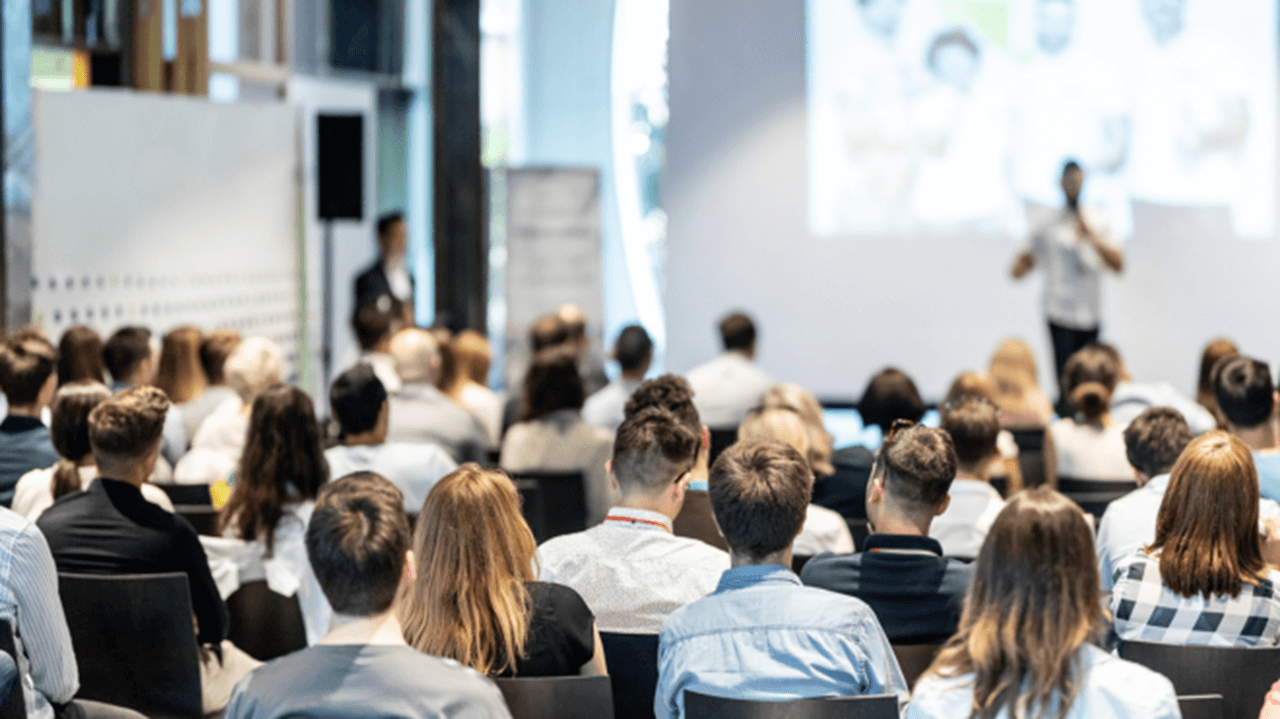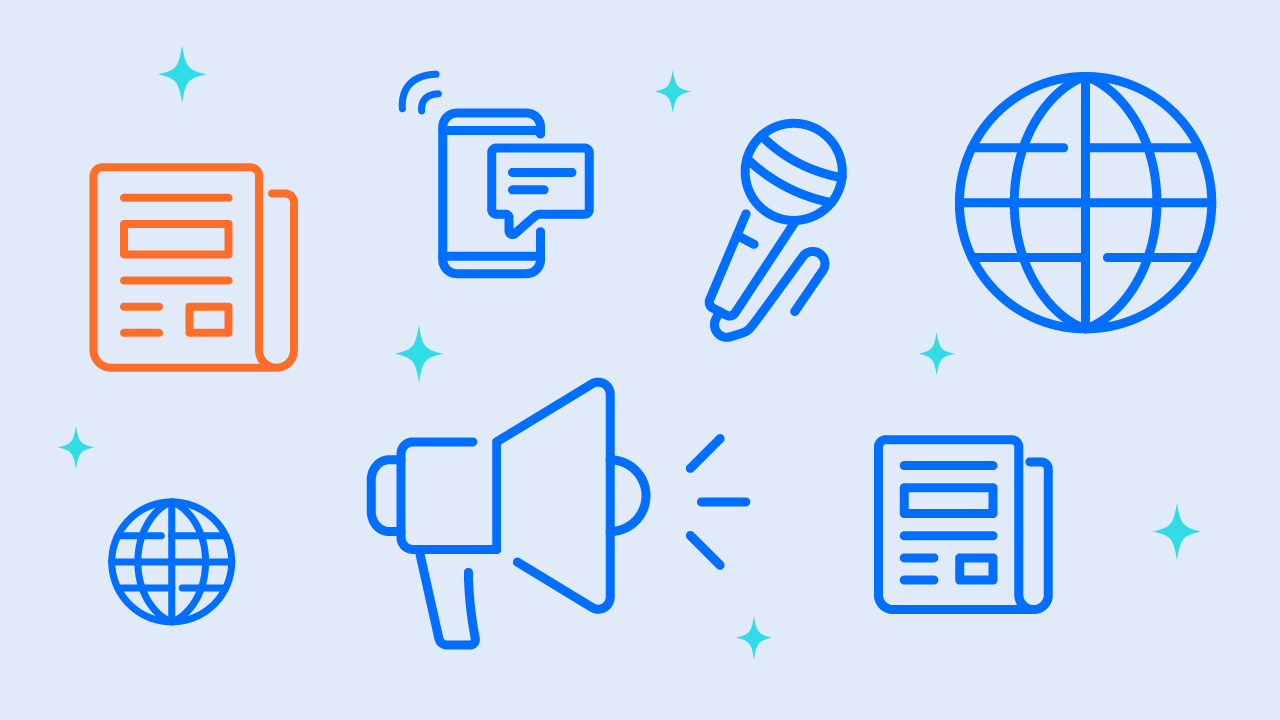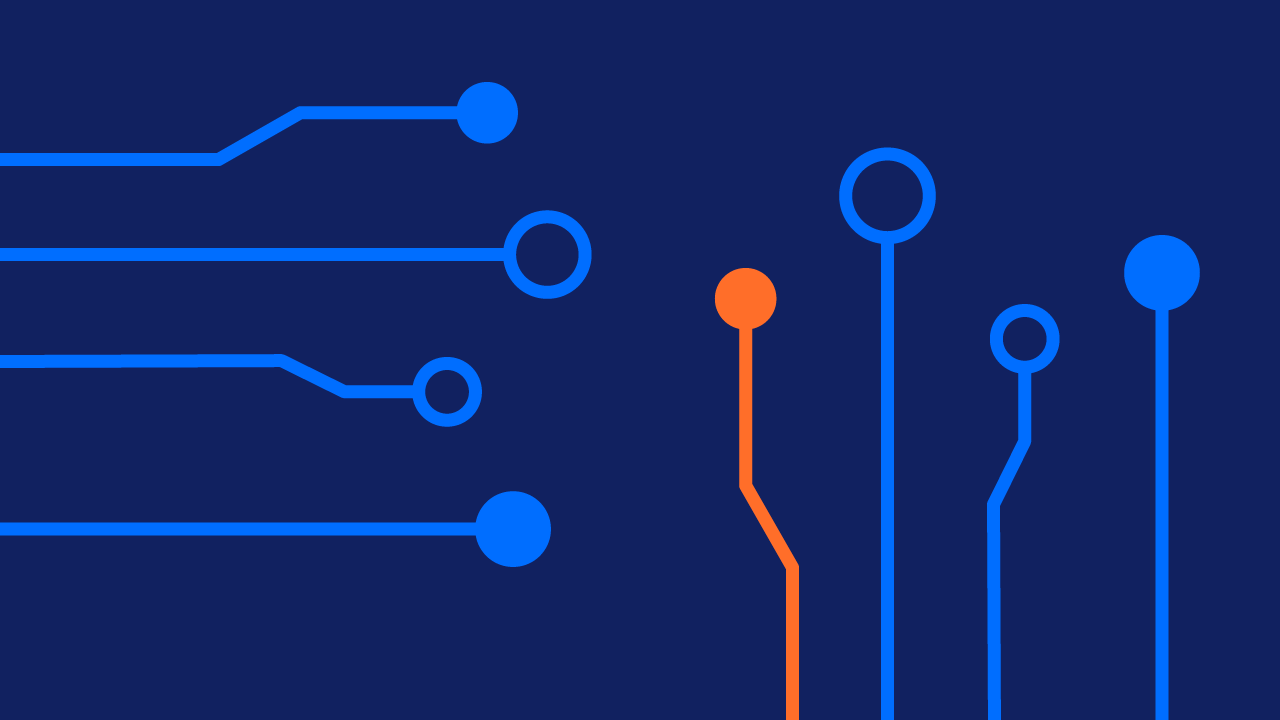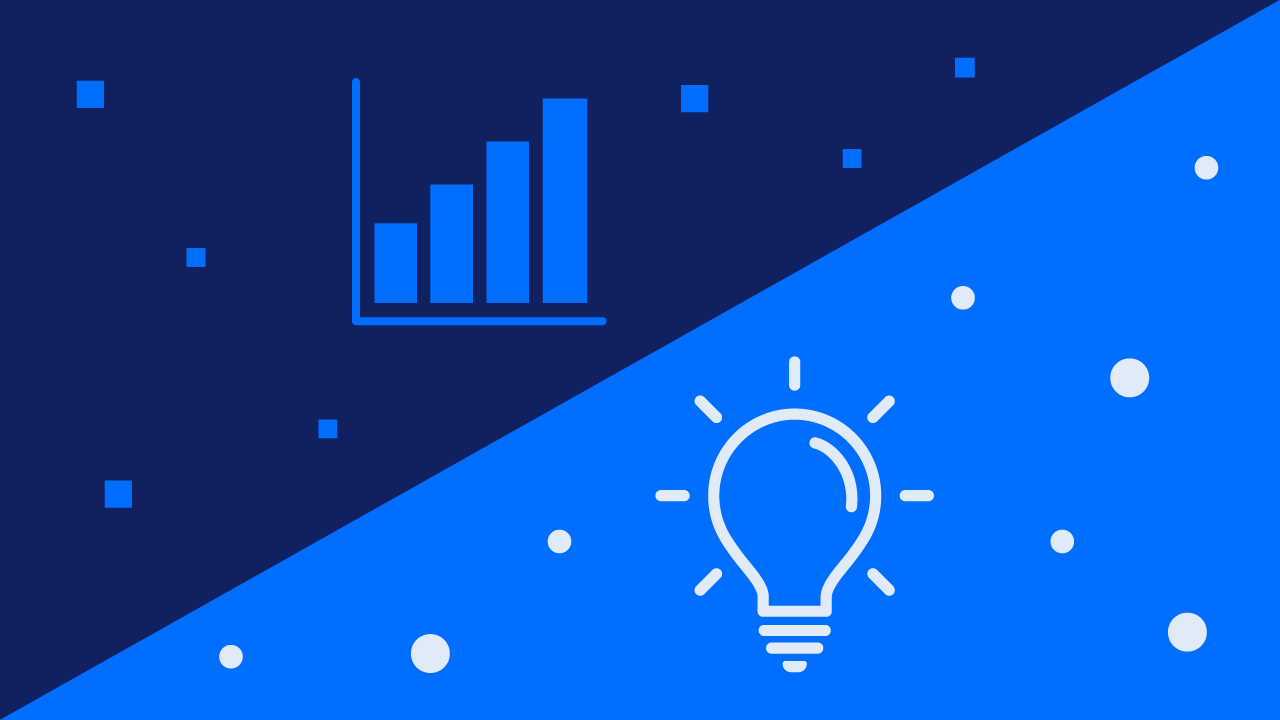Have you visited the Museum of Ice Cream? How about Refinery29’s 29Rooms? These pop-ups are just two of many similarly styled, hands-on experiences that organically generate hundreds- if not thousands- of media mentions before, during, and after the event.
While these experiential moments provide consumers with a fun experience and a selfie backdrop, they also demonstrate the power of melding public relations with social media. If the products sponsoring these events were advertised to the side of a social media feed, they would likely have been ignored. Instead, the images are appearing in the feed itself as users generate and promote the event after experiencing it firsthand.
Targeted media coverage and strategic influencer partnerships allow for these events to become massively successful. While people want to show off their individuality, consumers still want to be a part of something bigger than themselves. They want to interact with the products and brands being showcased by their favorite accounts, especially when it’s through an exclusive, limited-time-only experience.
Interacting With Brands
Marketers have found themselves in a tricky spot when it comes to consumer trust. They can’t just tell their consumers about a product. Research from Ipsos Connect revealed that 69% of consumers distrust advertising and 42% distrust brands. That’s where these experiences can help immensely. Experiential marketing strategies allow companies to engage with both existing brand fans and potential consumers in a way that feels authentic to everyone involved.
The authenticity combined with a unique and engaging brand experience compels consumers to share content with their peers, which results in significant earned media value. Today’s successful marketers know this and are further incorporating pop-up events to drive awareness of their company’s products and services. A Bizzabo study of marketing executives revealed that 62% of respondents intended to increase their 2019 live event budgets.
How to Generate Coverage of Your Event
You know how important it is to encourage interaction with your consumers for increased brand loyalty. But how do you get journalists and influencers to attend these types of live events and encourage them to share with their audiences?
Media attention before, during, and after the experience is critical for generating awareness and driving traffic to your event, pop-up, or mobile tour. Here are four ways to entice journalists and influencers to cover your event.
1. Entice them with a sneak peek.
Film studios hold preview screenings. Book publishers send out advance copies. They do this to generate buzz and reviews — and you can do the same.
Start by distributing press releases about four weeks before an event to generate excitement about it, and then invite the media to an exclusive press and influencer sneak peek before it opens to the public. Provide a behind-the-scenes tour, offer interview opportunities, and give journalists and influencers firsthand access to the products.
Cotton Incorporated sent out a press release on July 9, 2019, to promote its Cotton Style House Collection on sale at Amazon. Within the release, the not-for-profit company revealed information on its upcoming immersive three-day, pop-up fashion and lifestyle experience in Montauk Beach, New York, set for the end of the month. Free and open to the public, the event promised shopping, fashion, wellness, entertainment, workshops, and discussions designed to highlight the latest cotton trends.
This social and media engagement prior to the event allows your influencers to gather content in time to release it before opening. Since these are limited-time engagements, you want consumers interested, excited, and ready to attend.
2. Partner with charities.
Find a philanthropic organization that is an authentic link to your brand, and then invite the group to partner with you for the event. Here, too, you’ll want to invite key journalists to a press conference with leaders from both the brand and the charity organization. Provide photo opportunities and content, such as a ceremony or ribbon-cutting event. The charitable connection will further incite consumer interest.
Amy Young, director of retail marketing for jewelry company Kendra Scott, said events are a huge revenue driver for the retailer. Local stores host weekly events, and the brand also hosts influencer and local media events as well as shopping parties. Other events support local charities or causes as part of the brand’s Kendra Gives Back initiative, which is a great talking point for influencers promoting the brand.
3. Entertain ’em.
Nearly everyone loves to attend a concert or comedy gig, so consider bringing in musicians, artists, or comedians to perform during an event. Once entertainers have signed on, you can invite the media to review the performances and cover the event. Make sure journalists and influencers know why the entertainment you’re offering is a good fit for the brand.
Launch Tennessee hosts an annual entrepreneurship festival, 36|86, as part of its mission to educate and inspire business owners and make Tennessee the most startup-friendly state in the country. Since music is such a big part of Nashville’s identity, the event organizers wisely are using that to their advantage. The entrepreneurship festival’s newest feature is the 36|86 Pavilion at Live on the Green, an outdoor music festival in Nashville.
4. Keep the press on the hook.
Once your event is over, continue to pitch content to the media. Share what the company learned from the experience and how community involvement boosted the event. Send the press digital media that was generated during the event — anything from presentation videos to influencer content to recordings of performances.
Provide media contacts with discounts or exclusive offers for future events and ask them to distribute discount codes to their friends or audience members. You can also use social media to encourage them to stay in touch. ResponseCon, a series of international events focused on online marketing for small and midsized businesses, created a community group on Facebook as a way to continue the connection long after its events are over.
Pop-ups and events are increasingly driving organic buzzworthy content for many companies. You can implement this strategy and build trust with your consumers through earned media gained through your press and influencer partnerships.

